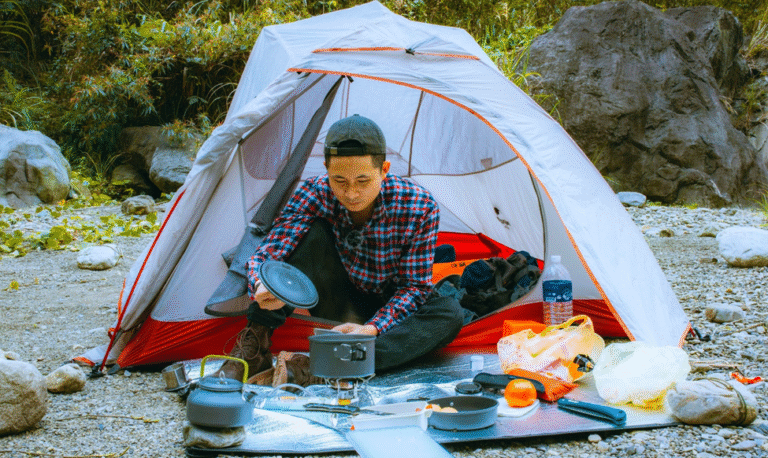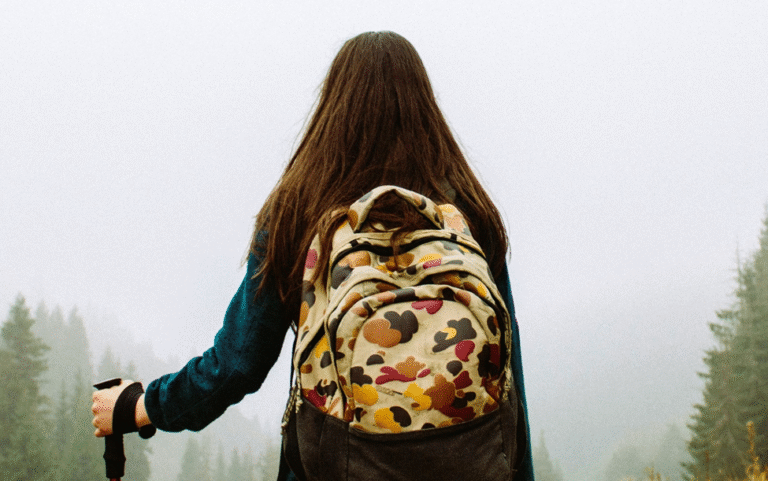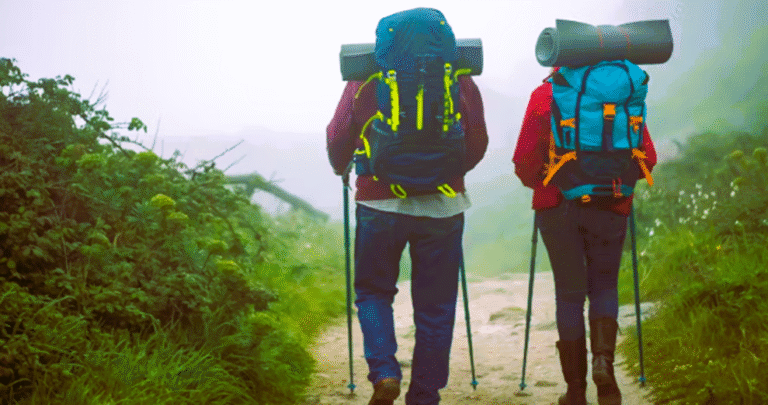
Packing a backpack for a hike can be a challenge. To pack a backpack the right way, focus on keeping it comfortable, balanced, and convenient. Here are some tips to help you pack a backpack properly for your hiking adventure.
1. Choose the Right Backpack
Choosing the right backpack is key for hiking. It should fit your gear without being too heavy. Use a 50–60-liter pack for multi-day hikes, and 20–30 liters for day hikes. The right size helps you pack a backpack comfortably and safely.
2. Organize Your Items by Weight
When you pack a backpack, place heavier items close to your back to improve balance.
Keep lighter items near the top and sides. This makes hiking more comfortable.
3. Use Packing Cubes or Dry Bags
When you pack a backpack, use packing cubes and dry bags to stay organized Dry bags are good for keeping clothes and sleeping bags dry. Pack your gear by category—like clothes, food, and tools—for easy access.
4. Pack in Layers: Bottom, Middle, Top
Layering your gear promotes balance and convenience:
- Bottom Layer: Store items you won’t need during the hike, such as a sleeping bag or extra clothing.
- Middle Layer: Pack heavier gear like cookware, food, and water filters.
- Top Layer: Keep frequently used hiking items like a raincoat, snacks, or a map.
5. Use the External Pockets Wisely
When packing a backpack, put essentials in the outside pockets. Side pockets hold water bottles or trekking poles. Front pockets are great for things like sunscreen or insect repellent. Keep snacks or a phone in the hip belt pockets for easy access.
6. Attach Gear to the Outside Carefully
If your tent, trekking poles, or sleeping pad doesn’t fit inside, attach them to the outside. Use backpack loops and straps to secure these hiking items tightly. Loose gear can shift around, throwing off your balance on the trail.
7. Balance the Weight Evenly
An unevenly packed hiking backpack can cause discomfort or injury. Test the balance by lifting your pack. Adjust gear placement to even out the weight.
8. Keep Hydration Accessible
Hydration is essential during hiking. Use a hydration wrapper for a water bladder, allowing hands-free drinking. Instead, stash water bottles in side pockets for convenient access.
9. Pack Your Food Smartly
Hiking meals can take up space. Use resealable bags for compact packing. Heavier food should be placed near your back. Bring lightweight, high-energy snacks like trail mix, dried fruit, and energy bars.
10. Prioritize Safety and First Aid
Your first-aid kit should be easily accessible. Include bandages, pain relievers, and blister treatment. A multi-tool and whistle are essential hiking safety items to keep handy.
11. Be Prepared for Weather Changes
When you pack a backpack, be ready for changing weather. Pack layers, including a rain jacket, gloves, a hat, and sunscreen. These protect you from both rain and sun, keeping you comfortable on the trail.
12. Lighten Your Load
Carrying too much gear can make hiking difficult. Pack only essentials and choose lightweight equipment. Ask yourself if each item is necessary to avoid overpacking.
13. Practice Packing Before Your Trip
Pack a backpack and test walking with it before your trek. Feel it out and adjust as necessary. This enhances your packing abilities and helps you get used to carrying it.
14. Adjust Your Backpack as You Go
During your hike, adjust your backpack belts for better weight distribution. Adjust the hip belt, shoulder belts, and load lifters to prevent strain.

When you pack a backpack for hiking, plan and practice. Pick the right size, balance the weight, and keep essentials within reach. Be ready for changing weather. This makes your hike more fun and relaxing.
FAQ’s
How should I organize items in my hiking backpack?
What items should I keep in easy-to-reach pockets?
How can I keep my gear dry if it rains?
What’s the best way to pack a tent or sleeping bag?
How can I keep my hiking backpack light?






